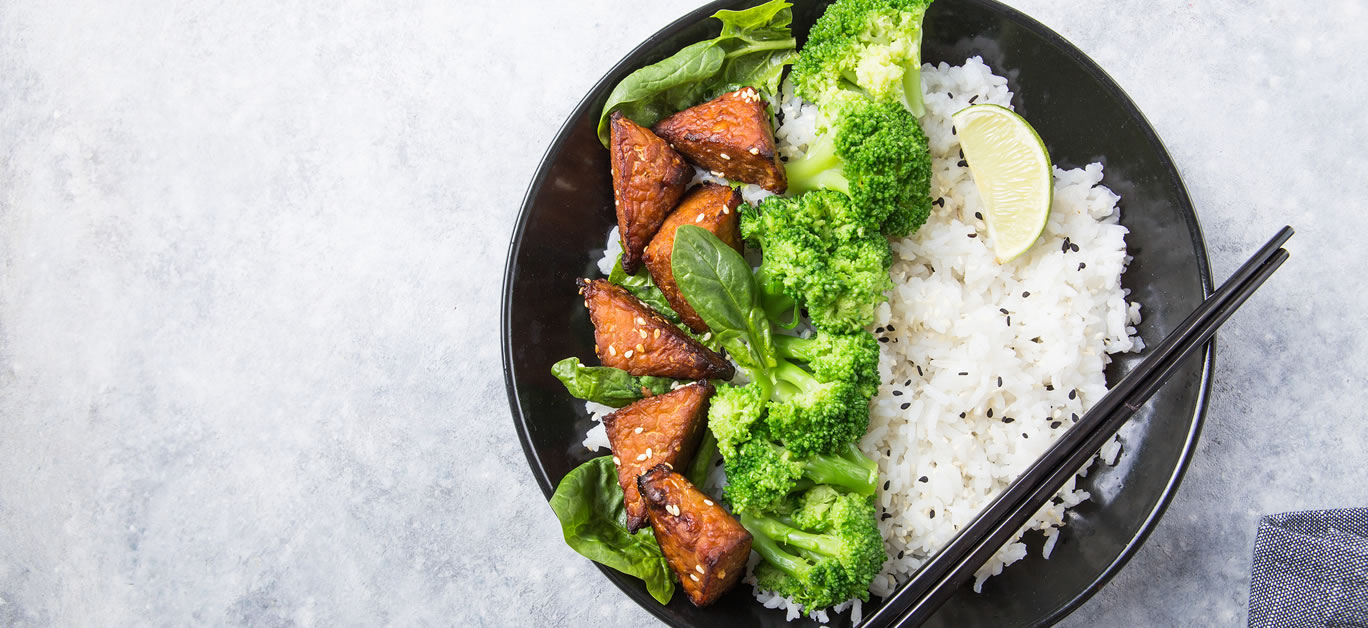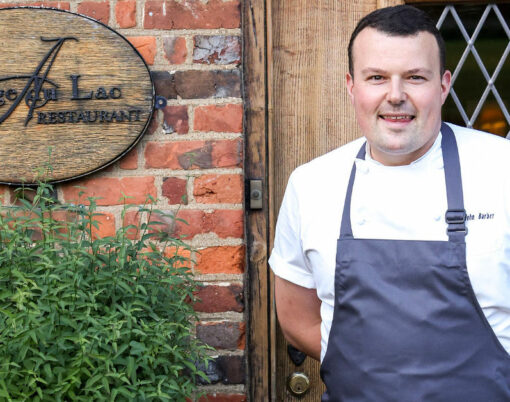From deciding which vitamins to take to deciphering food labels, there is a lot to think about when switching to a plant-based diet. So, keep reading as we save you time and make it easy to get started.
So, what is Veganuary all about?
Essentially, it’s the month of January when thousands of people around the world choose to try a vegan diet. The idea is to reap the health benefits whilst making more sustainable food choices to see if it’s something you can do full-time.
The first annual challenge took place in 2014, with 12,800 sign-ups recorded in 2015 and a whopping 620,000 participants in 2022, meaning more and more people are choosing to go vegan each year at a rapidly increasing rate.
The Veganuary campaign has a simple mission – to inspire people to go vegan whilst protecting the planet and ending animal farming. And it’s easy to take part: start by visiting the Veganuary website to browse a range of handy resources, information, free meal plans and nutritional advice.
Discover the benefits of a plant-based diet
There are multiple benefits of opting for a vegan diet, from enjoying more nutritionally dense foods to reducing the impact of commercial food production on the environment. But most do it to help reduce the consumption of animal products and prevent animal suffering.
When it comes to health, most vegans consume lots of vegetables and complex carbohydrates. This means they will likely reap the benefits of nutrient-dense foods, such as: lower sugar intake, lower calorie intake, and higher vitamins and mineral consumption.
Plenty of research suggests that those who consume a diet full of fruits, nuts and vegetables are at lower risk of developing heart disease, diabetes and high blood pressure. Add on the healthier body function, and it could be a good New Year’s resolution for you.
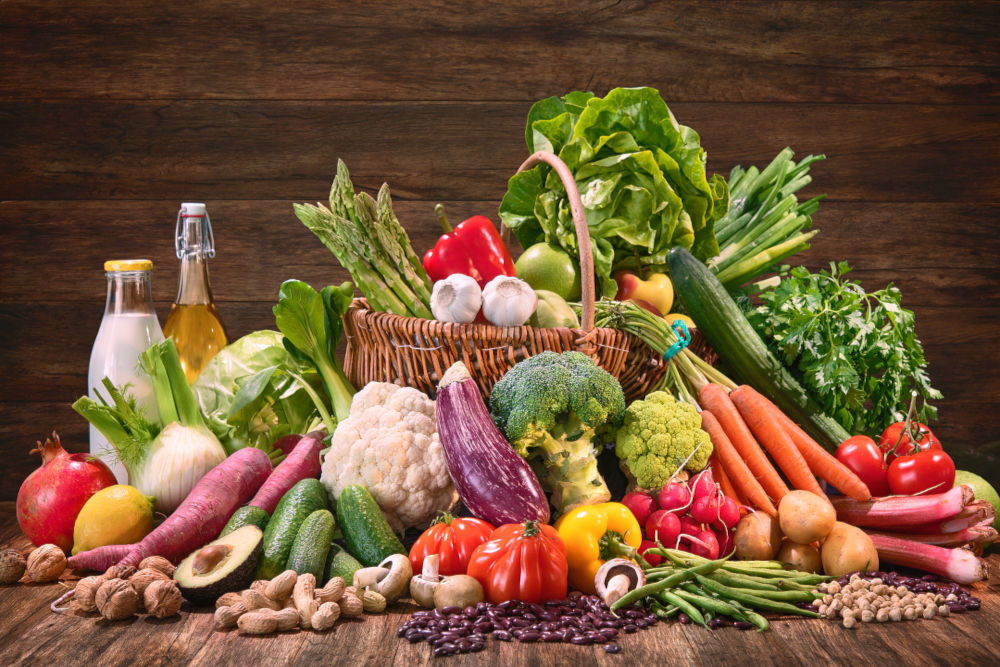
Tips to take on Veganuary:
1. Consider food sustainability
Sustainability is one of the main motivations for people to choose to go vegan. From the increasing cost of day-to-day life to climate change concerns, there are plenty of reasons to consider how the food you eat affects you and the planet. While animal farming is a resource-heavy process which requires a vast amount of water, land and animal feed, it’s believed that vegan diets require far fewer environmental resources.
So, check the origins of your food, go for local-grown and support smaller local eco-businesses too.
2. Make easy food swaps
Thanks to the rapid rise in the popularity of veganism, there is an acceptable vegan alternative to most animal-based products – including cheese and wine! So, you don’t have to go without your favourites.
It’s also super easy to make food swaps which can replicate the taste and texture of certain products, for example:
- Swap pulled pork for shredded jackfruit
- Use agave syrup instead of honey
- Replace the tangy taste of mayo with hummus
- Opt for tofu instead of eggs
- Get your omegas from seeds instead of fish
- Swap milk chocolate for healthier fairtrade dark chocolate
3. Watch out for hidden ingredients
One of the trickiest parts of going vegan is learning to spot hidden animal ingredients on food labels. Whilst some products are technically safe for vegans, they may display allergy warnings if produced in the same factory using ingredients such as milk or eggs, so they may not display the vegan symbol.
That’s why it’s a good idea to learn to read labels so that you don’t miss out or make a misstep. So, watch out for these common animal by-products: casein, whey, lactose, gelatine, beeswax, carmine, isinglass, and L. Cysteine.
Don’t forget to check the labels for cosmetic and household products, as well. If in doubt, or you can’t find a vegan symbol, it’s worth checking out websites that list ‘accidentally’ vegan products to double check, such as this one on the PETA website.
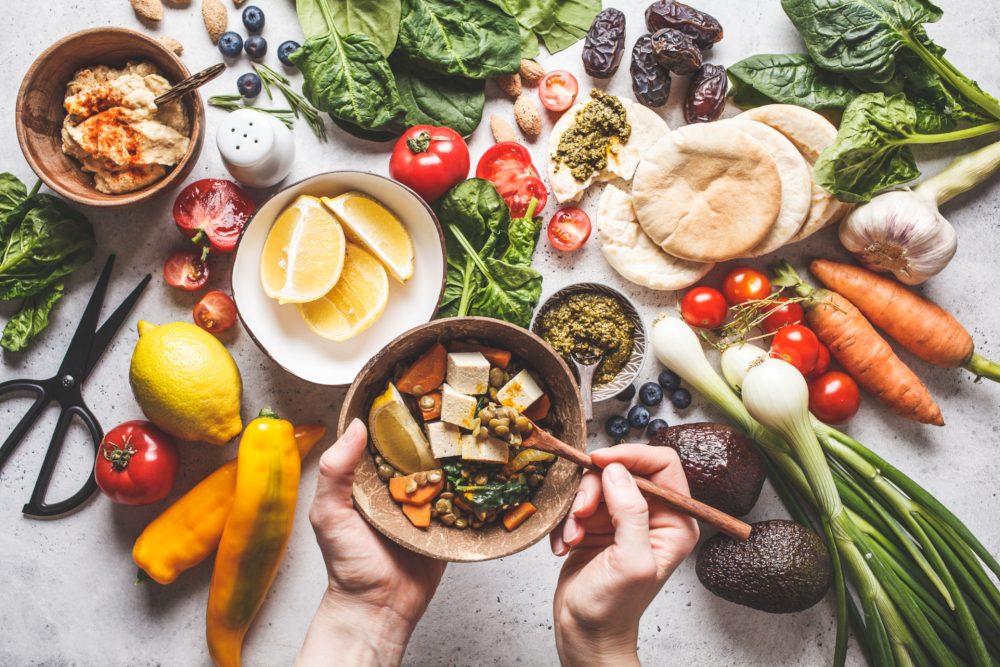
4. Take it step-by-step
Making the transition to a plant-based lifestyle can be challenging in different ways, and it will take time for your body to get used to your new diet. Whilst you may feel pressure to go all in on Veganuary, it’s perfectly fine to go slow and introduce more plant-based ingredients step by step.
For example, in your first week, you could opt for vegan breakfasts or make one plant-based switch (from dairy to oat milk or beef to veggie burgers). This will help your gut adapt to the increase in fibre whilst helping to prevent mental overwhelm and cravings.
By setting realistic goals, you’re increasing your chances of long-term success.
5. Think about nutrition
With enough planning, you should be able to provide your body with the majority of the nutrients it needs whilst you’re on a plant-based diet. However, some nutrients are difficult to obtain via plant-based sources, so you may need to consider supplements or fortified products in some areas. For example:
- B12 isn’t contained in vegetables but is included in fortified products such as milk and cereals.
- Very few foods contain Vitamin D, so it can be hard to get enough of it whether you’re vegan or not.
- Omega fatty acids are most commonly found in fish, so many vegans and vegetarians can benefit from supplementation.
- Vegans will need to watch their iron intake and consider multivitamins or eating iron-fortified foods.
- Given the lack of dairy intake, those on a plant-based diet may find it harder to get enough calcium. Consider calcium-rich foods such as kale, broccoli or chickpeas, fortified drinks or supplements.
- Zinc is tricky to get from plant-based foods, so stock up on nuts, seeds, legumes and whole grains.
Before adding any new supplements to your regime, it’s a good idea to speak to your doctor, healthcare professional or nutritionist to ensure you aren’t deficient in any vitamins or nutrients and that you aren’t in danger of exceeding the RDA by supplementation.
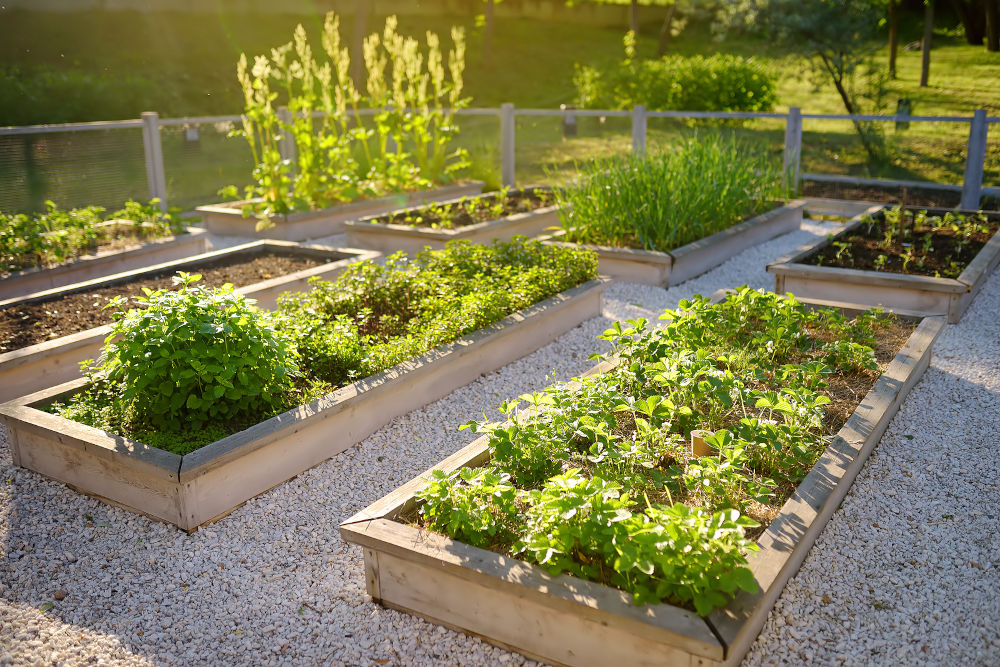
6. Go vegan for longer
Quite a few of those that take part in Veganuary will remain with their plant-based diets for the rest of the year. So, if you’re ready to go one step further and make a permanent lifestyle change, there are a few things you can do to make it a little easier.
- Grow your own – As well as being rewarding, growing your own fruit and vegetables is a great way to stay motivated and reap the tasty benefits of a plant-based lifestyle while reducing your carbon footprint. So, why not set about creating raised vegetable beds and planning your crop rotation for a year’s supply of vegan produce? There are plenty of tips for beginner gardeners out there and loads of help for vegetable garden planning, as well!
- Volunteer – From raising funds for causes that champion animal welfare to ensuring there is enough access to plant-based products at your local food bank, there are plenty of great ways to volunteer and support the vegan community, and the animals they protect.
- Invite the family to join – Next time you cook for the family, why not try a vegan meal to show that plant-based food can be both delicious and accessible? Or support your local vegan restaurants by taking your friends along for a tasty bite to eat.
Now you know how to make the most out of Veganuary this year, from food swaps to supplements and meal plans to growing your own veg. Which tasty vegan meal will you try first?












